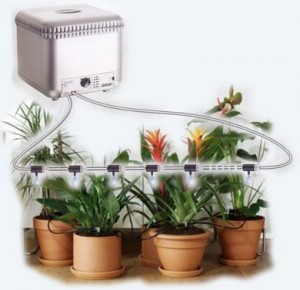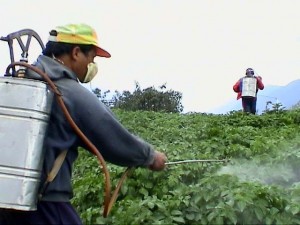The rising temperature has severe effects on our skin on the tiny birds. So imagine what would happen to the delicate plants that grow in the harsh sun and have to bare the heat all the time.
In super hot climates however, an extremely dry and harsh summer can last many months. Can you be your garden’s staunch protector?

The history of plants is as old as that of man. Plants exhibit the seven life processes namely nutrition, respi¬ration, excretion, sensitivity, move¬ment, reproduction and growth. Other than these functions plants perform the important function of ADAPTATION. This can be short term or long term depending on the climatic conditions of an area. The knowledge on plants and its importance is on the rise and during the course of evolution as a discipline, a number of basic and applied branches have developed which help us to know more about plants and their importance. Man has always been dependant on plants for food, clothes, shelter, medicines, spices, beverages and forest products.
Man cannot survive on this earth if there were no plants. Some plants might stop flowering and setting fruit when temperatures soar high. To keep them cool, use old screens, lattice and sheets to shade parts that are vulnerable and mature from the effects of mid-summer sun. Also do not forget to cover new seedlings with opaque covers to protect them from the sun until their roots are established and they are fully grown.
Here are a few ways which can help you keep your plants safe and healthy.
1. BE PREPARED FOR THE HEAT
Keep a check on the weather forecast for the heat wave to come. The weather forecasters will inform you before hand when the temperature is going to be very high be prepared for that and keep a regular check on your plants. Water them regularly and make sure you provide the right amount of water to your plants. Less water can make the plants dry and more water might lead to less oxygen supply to the plant. In both situations the plant would not survive for a long time.
2. USE SUNSHIELD:
Shields made of Reemay cloth or similar white fabric can be used for this purpose but the main thing to be kept in mind here is that the cloth shall be porous and allow the exchange of gases, this fabric will work well to reflect light and diffuse it somewhat, also this will give the new plants a chance to get started safely and easily. Make a simple screen/shield by pounding three sticks into the ground to form a shelter on the four sides of the plant. These sides can be brought around the plant, to be held in place with bricks or rocks. The top is left open to allow heat to escape and the air to pass.
3. USE A WATERING SYSTEM:

Also keep a time check for your watering system. It is suggested to use a watering system that has a timer, the timer should be set for shorter, more frequent cycles, to give the water enough time to soak into the ground and reduce wastage of water. For instance, one can try for two 15-minute cycles rather than one 30-minute cycle. On the other hand watering with a watering can is even better, because you apply it wherever it is needed, rather than watering the general area from a sprinkler. One should water the plants early in the morning so that the foliage dries off quickly, to avoid fungus and other diseases.
4. REDUCE THE AMOUNT OF FERTILIZERS USED IN SUMMERS:

The most important thing to be kept in mind during hot weather is to reduce the amount of fertilizer used. One-half the recommended dose of fertilizer should be appropriate when temperatures soar much over 35 degrees. Fertilizer bags should be broken in half and spread the fertilizer in more space . Follow the treatment with thorough watering of the plants in the garden. Even with foliar feeding, go easy on fertilizing at this time of broiling temperatures.
5. LOOK FOR SIGNS:
Throughout this summertime the most important thing is INSPECTION , look for scale developing on the bark of the fruit trees. There are several kinds of scale, some have a tough shell, some might have a waxy coating. In any case, scale is tough and hard to destroy. In late winter, you can use dormant oil spray, which smothers the scale. However, during higher temperatures, you don’t want to use the heavy and oily, dormant oil spray, because it will damage the foliage tips and other delicate parts of the plant. If you see scale, try the newer, lighter, superior oil spray, which can be used during hot weather without damaging the delicate parts of the plants. The oil will still cover the scale and smother it, while not affecting the foliage or fruiting. You can also use a pyrethrin-based insecticide, which is organic, and will break down naturally without persisting in the environment. Be sure to spray in the early morning, to avoid killing the bees.
As they say “the one who plants tree plants happiness”
So take care of the delicate plants.


Leave a Reply